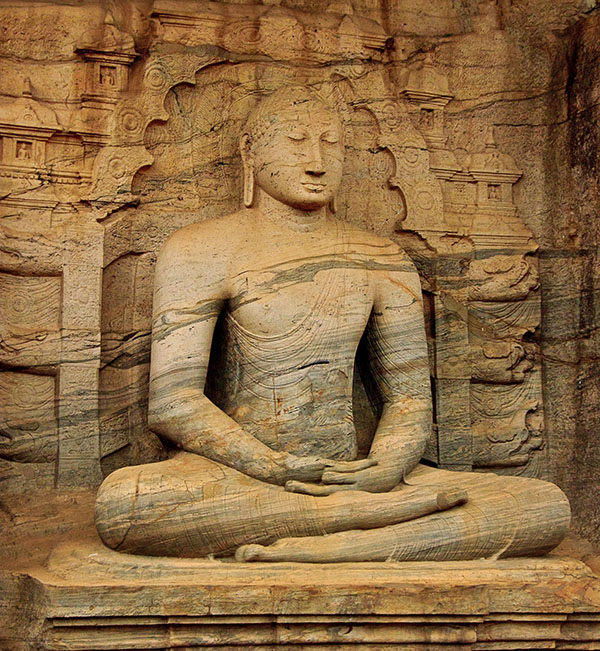



Zen practitioners focus their minds on emptiness. In Taoism, visualization is often used in meditation. From a Zen perspective, these visualizations are considered "deviations" because they give rise to thoughts that are inconsistent with the teachings of Zen, but are not inconsistent with the teachings of Taoism. However, both philosophies are based on the concept of cosmic reality.
Meditation is an ancient practice that helps us find inner peace, clarity, and health. However, in a time when external influences and distractions are becoming more prevalent, it is more important than ever to actively learn this art. For only a healthy mind has the strength to face life's challenges with resilience, without fear, and with common sense. Meditation is more than just relaxation – it is a central formula for experiencing knowledge, liberation, and inner strength. It leads us back to what truly matters: to ourselves.
What is Meditation?
Explained Simply
Meditation means taking time to look inward. It is an act of mindfulness toward our actions, thoughts, and feelings. Through meditation, we learn to consciously perceive the health of our internal organs and connect with our soul.
Every person is born with a soul – but whether we nurture or neglect it is up to us. As with muscles or brain cells, the same applies here: without regular care, it weakens over time.
Meditation is a way to nourish and strengthen the soul.
By "looking inward," we learn to better understand our organs and emotions. This mindfulness fosters intuition, and intuition combined with experience leads to wisdom. A wise person lives in harmony with body, mind, and soul – and that is the highest form of health and well-being.
Types of Meditation
There are many paths to achieving a relaxed state. All share the same goal: attaining inner peace. Among the most well-known forms of meditation are:
• Guided Meditation: Also known as visualization. Here, you imagine places or things that help you relax. A guide or teacher may lead you through this process.
• Mantra Meditation:
In this practice, you repeat a calming word, thought, or phrase to keep unwanted thoughts at bay.
• Mindfulness Meditation: This method is based on mindfulness. You focus on the present moment, such as the flow of your breath, and let thoughts and feelings pass without judgment.
The MONK TOM MEDITATION®: a Swiss Health Meditation for a Long, Fulfilling Life
The MONK TOM MEDITATION® was specifically developed for people aged 50+ who wish to embark on a journey toward greater quality of life, inner peace, and spiritual growth. In a time when we often get distracted by external influences, it offers a return to what truly matters: to yourself .
What Sets the MONK TOM MEDITATION® Apart from Other Techniques?
1. Focus on Longevity and Wellbeing: It combines modern scientific insights with traditional meditative practices. This supports you in reducing oxidative stress, strengthening your immune system, and keeping your body in balance.
2. Strengthening the Soul:
Over the course of life, we often focus on external goals like career or material things. But the soul is often neglected. With the MONK TOM MEDITATION® , you learn to nurture and strengthen your soul – for true happiness and fulfillment.
3. Awareness of Life and Death: As we age, questions about the meaning of life and the finiteness of our existence become more important. The MONK TOM MEDITATION® accompanies you in mindfully accepting these topics. This awareness does not lead to fear but to increased joy in life and gratitude for every moment.
4. Simple and Accessible: The exercises are specifically designed for older individuals and can be practiced by anyone – whether you're a beginner or an experienced meditator.
